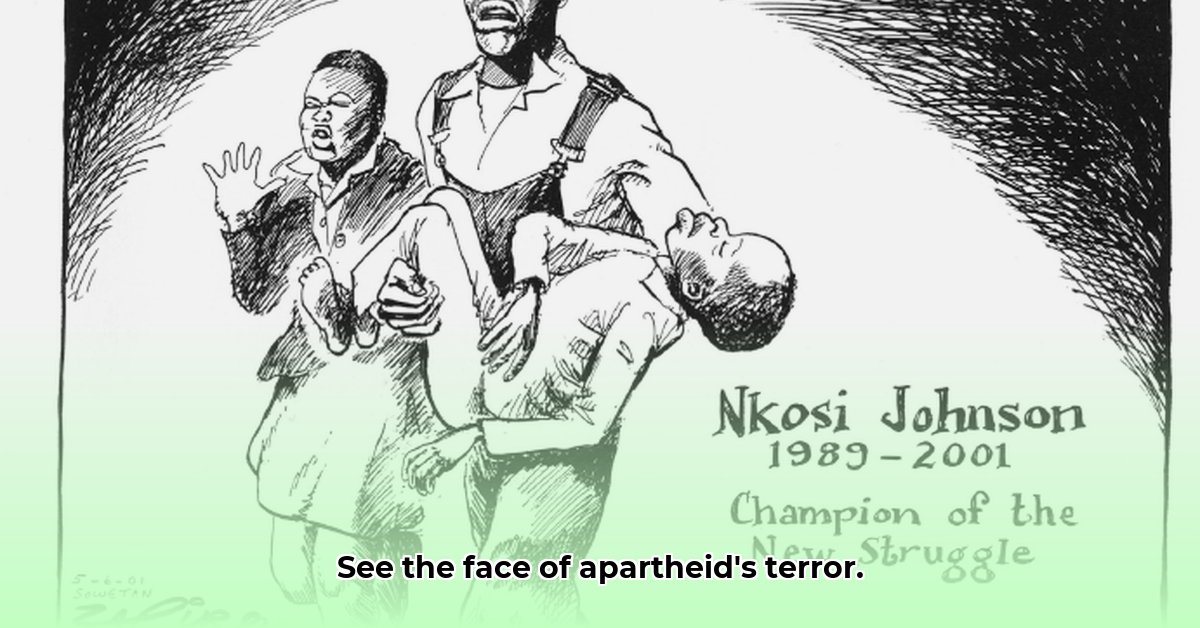
A Nation's Grief, Captivated in a Single Frame
Imagine this: a young boy, lifeless, cradled in the arms of a grief-stricken woman. His sister, eyes wide with terror, runs alongside. This isn't some imagined scene; it's the heart-wrenching reality captured by Sam Nzima's photograph of Hector Pieterson, a moment frozen in time on June 16th, 1976, during the Soweto Uprising. The image, stark and profoundly moving, instantly became a global symbol of the fight against apartheid, a stark reminder of the regime's brutality. It’s a picture that transcends history itself, echoing across generations, a testament to the enduring power of a single image to change the world. Did you know this powerful photograph sparked international condemnation and ultimately contributed to the dismantling of the apartheid regime?
The photograph’s impact is undeniable. The contrast between Hector's peaceful face and the raw emotion of those around him is striking. His stillness speaks volumes about the sudden violence that ended his life, his potential cruelly extinguished. Antoinette, his sister, her face a mask of anguish, mirrors the collective sorrow felt by a nation under siege. Even today, the image stirs deep emotion within us - a visceral reaction to the undeniable injustice depicted.
The Seeds of Uprising: Afrikaans and the Struggle for Language
The Soweto Uprising wasn't a spontaneous eruption of violence. It was the culmination of years of simmering resentment under the brutal apartheid regime. The immediate trigger was a government decree mandating Afrikaans, a language unfamiliar to many Black students, as the medium of instruction in schools. This seemingly small act, a linguistic imposition, acted as a match to a powder keg. It was more than simply a language issue; it represented a deeper struggle for recognition, for equality, for the right to one's own identity. Was it surprising that the children of Soweto – Hector Pieterson among them – decided to stand up against the regime and let their voices be heard?
The decision to protest, fuelled by a thirst for educational justice and equality, wasn’t taken lightly. It was a courageous act, a defiance in the face of overwhelming odds. The students, armed with their voices and their idealism, marched into the heart of the conflict, unaware of the brutality that lay ahead. Their youthful courage shines through, a beacon of hope against the grim reality of apartheid oppression. In essence, their fight for language became a fight for their very identities, a fight for survival.
Nzima's Courage: Immortalizing a Tragedy
Sam Nzima's bravery in taking the photograph is inseparable from its power. In the midst of the chaos, the tear gas, the screams, and the gunfire, Nzima risked his own safety to document the brutal reality unfolding before him. He didn't shy away; he captured the truth, unfiltered and unflinching. His photograph wasn't simply a record of events; it was an act of defiance, a powerful testament to his own commitment to truth and justice. His action, under extreme pressure, turned him into an active participant in the fight against apartheid.
His decision to capture this moment in time, despite the risk to his own safety, is deeply commendable. The photo, a poignant visual narrative of loss and defiance, captured the full horror of that day. How many people were involved in such a momentous and risky act? Nzima's courage ensured the world would see the true face of apartheid.
Hector's Legacy: A Symbol of Resistance that Endures
Hector Pieterson’s death wasn’t merely a tragedy; it became a catalyst for change. His face, immortalized in Nzima's photograph, sparked international outrage and galvanised the anti-apartheid movement. The image transcended geographical boundaries, awakening the world to the horrors of apartheid. The photograph became a potent symbol of resistance, inspiring action and contributing to the regime’s eventual downfall. The image continues to be used as a call to action even today.
The annual Youth Day commemorates the events of June 16th, 1976, serving as a powerful reminder of Hector’s sacrifice and the ongoing struggle for social justice. It’s more than a day off; it’s a reminder that we must strive for a better future. The Hector Pieterson Memorial and Museum stands as a testament to his story, a place where we can reflect on the past to build a more just society. The fight for equality and justice continues. Hector’s face remains a powerful call to action and a symbol that the struggle continues. His legacy is one of courage and resilience, a beacon of hope against the oppressive forces of injustice.